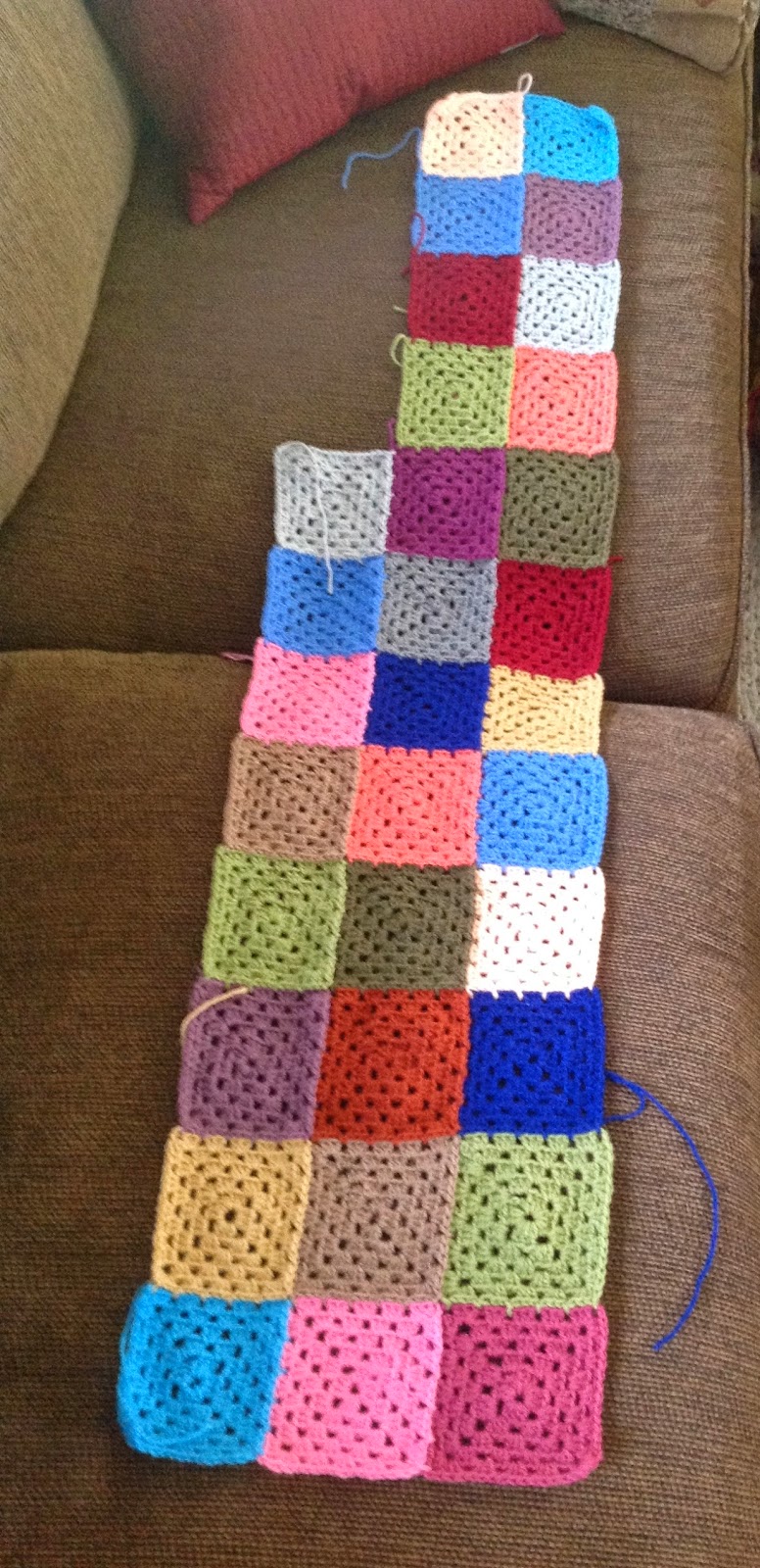I have been focusing mostly on knitting lately, working steadily on Kearsarge for my husband, designing my own knitted cardigan (which I will talk about here once it is complete), and completing another hat for someone we know who is enduring chemotherapy.
The hat is made with Cascade Sierra Quatro (a yarn that has recently been discontinued). I like to make these hats from cotton or a cotton/wool blend so that they are easy to care for and so that they can be worn indoors. I have heard from many cancer survivors that it is great to have a hat like this that can be worn around the house.
Even though I haven't had as much time to work on my drop spindling, I did do a little this week. I would like to talk about some of the resources I have been using to assist me in learning this new skill, just like I did in a recent post about Fair Isle.
This first set of pictures illustrates some yarn I made in my very early attempts to drop spindle.
This yarn was spun from
Malabrigo Nube fiber. As you can see, it is quite underspun and the yarn switches from very thick lightly spun yarn to overly twisted, thinner yarn. This is a classic look for yarn made by a brand-new spinner. I remember making yarn like this on my wheel at first, too. However, I have also come to the conclusion after reading some of the sources I will list below that beginning with Merino fiber wasn't the best choice. Here are some reasons:
- Short Staple Length: Since Merino has a short staple length (which accounts for its softness), it seems to be harder for a newer spindler (or spinner) to manage the motions quickly enough to keep up with the short length of the fiber staple. This seems to be why I had so many underspun sections.
- Combed Top: The other problem I found with spinning this Merino is that the fiber came in a combed top preparation, which is typical for Merino. This means that all of the fiber had been combed so that every piece of fiber was parallel to every other piece of fiber. This makes for a very smooth preparation that makes it easier to spin a worsted yarn (not worsted weight, in this case worsted basically means smooth and shiny), but worsted spinning of combed top is a little trickier to get the hang of when you are new to spinning or spindling.
- Fiber Presentation: The fiber was "put up" into a pretty package (the braids you see on the Malabrigo website), so everything became compressed. I did pre-draft the fiber to try to loosen it up a bit, but I think I needed to do more. Splitting it into many smaller sections would have helped, but I only split it a couple of times.
With all this being said, one of the amazing things about handspun fiber is that no matter how far from the mark it looks when you see the finished result after spinning, knitting it can always do wonders! I have yet to have spun a fiber where I wasn't amazed at how much better it looked once knitted up and blocked (and
plying even helps it before knitting it does). Here is what the Malabrigo Nube looks like knitted into a swatch:
It looks like the type of yarn one could use to make a novelty hat or cowl. I might just try to duplicate these initial spinning efforts with a bit more accuracy to get enough yarn for a hat.
So during the process of extreme frustration I was feeling while trying to spin the Malabrigo on the drop spindle, I realized that the fiber might be an issue. At this point, I pulled out some
Romney fiber that I had stored away to use on my wheel. Romney has a longer staple length and is considered a fiber with a medium staple length. It is often cited as good fiber for beginning spinners to use. I remembered this from when I had learned to spin on my wheel, so I decided to give it a try. I immediately had much more success. Here are some pictures of what it looked like on the Niddy Noddy and wound into a ball.
As you can see, I was able to spin a much finer yarn that was more consistent. Of course, I still have a ways to go, but I feel as if I am at least getting my spinning under some control. I plan to spin some more on the drop spindle and then create another ball, so I can ply to the two balls together to create a two-ply yarn.
During this process of learning the drop spindle and making some progress towards improving, I have had several resources that I have been very helpful after a class at my LYS got me started!
Lastly, one of the most helpful techniques that I learned from the resources above (especially Pricilla Gibson-Roberts) is the importance of using the
Park-and-Draft method to first learn the steps in the process of spindling before actually trying to spin with the drop spindle in mid-air. Once I got the hang of my drafting technique using Park-and-Draft, and I could see how the twist was entering the fiber, it was very easy to transition into true drop spindling.
Does anyone have any experiences with learning to drop spindle to share or any tips to help those of us newbies who want to improve?
Happy spinning, spindling or knitting and crocheting if those are your fiber crafts of choice!












